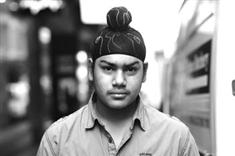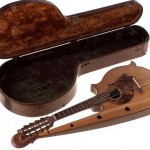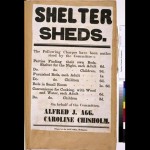Exploring identity in Australia

Avi Singh, who features in the exhibition. Photographer: Scottie Cameron
A new exhibition at Melbourne’s Immigration Museum explores how our cultural heritage, languages, beliefs, and family connections influence our self-perceptions and our perceptions of other people.
The exhibition, titled ‘Identity: yours, mine, ours’, is about identity – who we are and who others think we are. It analyses what it means to belong and not belong in Australia.
It tells how perceptions can lead to discovery, confusion, prejudice and understanding.
Engaging personal stories, intriguing objects, compelling images and interactive multimedia experiences invite visitors to find connections with others, as well as challenge the assumptions we make about each other every day.
Visitors are encouraged to share their stories, affirm their identities and celebrate diversity in our community.

Giovanni Cera’s mandolin and case
Among the pieces being exhibited are two quite different but historically significant pieces: Giovanni Cera’s mandolin and case; and Caroline Chisholm’s scrapbook.
Giovanni Cera was a mandolin maker and musician, who came to Australia in 1924 with his father. They were later joined by the rest of the family. Mr Cera had a very successful career as a musician in Melbourne. He played for over 13 years at Mario’s Restaurant, owned by Mario Viganò, in Exhibition Street, Melbourne, before and after World War II.
The restaurant was frequented mainly by Australian patrons who loved Mario’s food and music.
Between the late 1830s and 1860s, Caroline Chisholm played a profound role in providing financial and moral assistance to single women and poor British families to migrate to and settle in NSW and later in Victoria.

Caroline Chisholm’s scrapbook
Chisholm’s work has become legendary in the history of Australian philanthropy, as the most important movement for the migration and settlement of British women in the early colonisation period.












